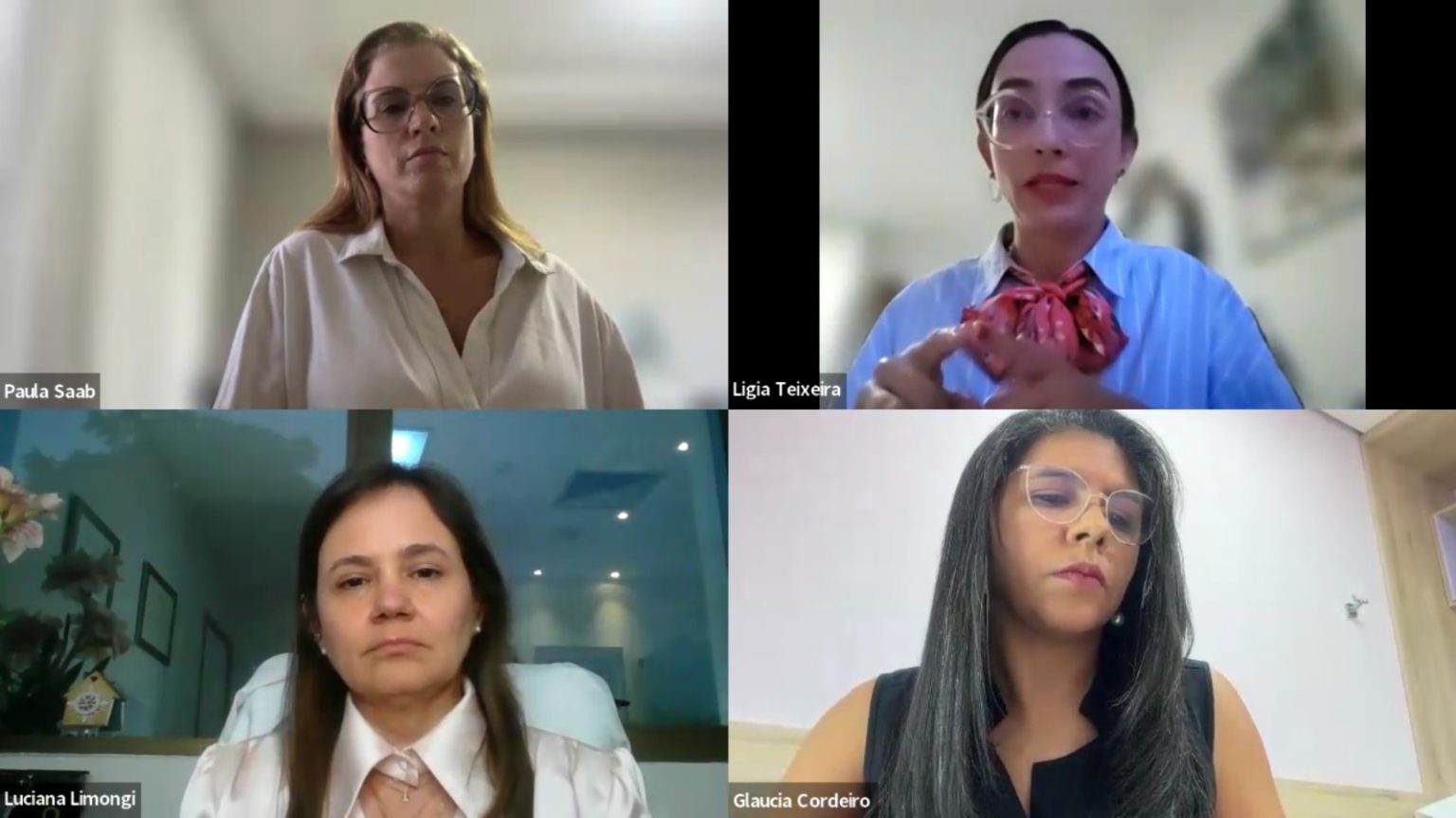Artigo
Axillary surgery in early breast cancer: real-world analysis of theINSEMA-trial at three certified university breast cancer centers in Germanyregarding the omission of sentinel lymph node biopsy
ABSTRACT
Background: Recent trials such as INSEMA and SOUND have demonstrated the oncological safety of omitting sentinel lymph node biopsy in selected patients with hormone receptor-positive, HER2-negative early breast cancer. However, the implications for adjuvant treatment decisions in routine clinical practice remain unclear.
Methods: We conducted a retrospective multicenter cohort study from university breast cancer centers, analyzing 867 patients diagnosed between 2020 and 2024 who met INSEMA criteria: cT1, G1-2, age ≥50 years, clinically node-negative, undergoing breast-conserving surgery. We evaluated the incidence of pathologically positive lymph nodes, frequency of postoperative upgrades in tumor stage or grading, and potential impact on adjuvant therapy decisions, including indications for CDK4/6 inhibitors, secondary axillary surgery or radiation.
Results: Sentinel lymph node biopsy revealed occult lymph node metastases in 14.3 % (n = 124) of patients, with a false-negative rate of 10.5 % when micrometastases and isolated tumor cells were excluded. In 11.6 % of cases, nodal positivity led to relevant therapeutic changes, including chemotherapy, axillary radiation, or potential adjuvant CDK4/6 inhibitor therapy. Moreover, 18.8 % of patients would have required secondary axillary surgery due to postoperative upgrades in tumor characteristics. The number needed to operate to prevent one invasive recurrence with CDK4/6 inhibitors varies significantly based on age and clinical tumor size, ranging from 1:333 (maximum) to 1:111 (minimum).
Conclusion: While omission of sentinel lymph node biopsy appears safe in selected patients, our real-world data suggest that axillary staging retains clinical relevance for guiding personalized treatment, unless other prognostictests like gene expression profiles are used.
Compartilhar em:
Comentários
Cursos Relacionados
0
Conteúdos Relacionados
Comentários
Deixe um comentário Cancelar resposta
Você precisa fazer o login para publicar um comentário.











